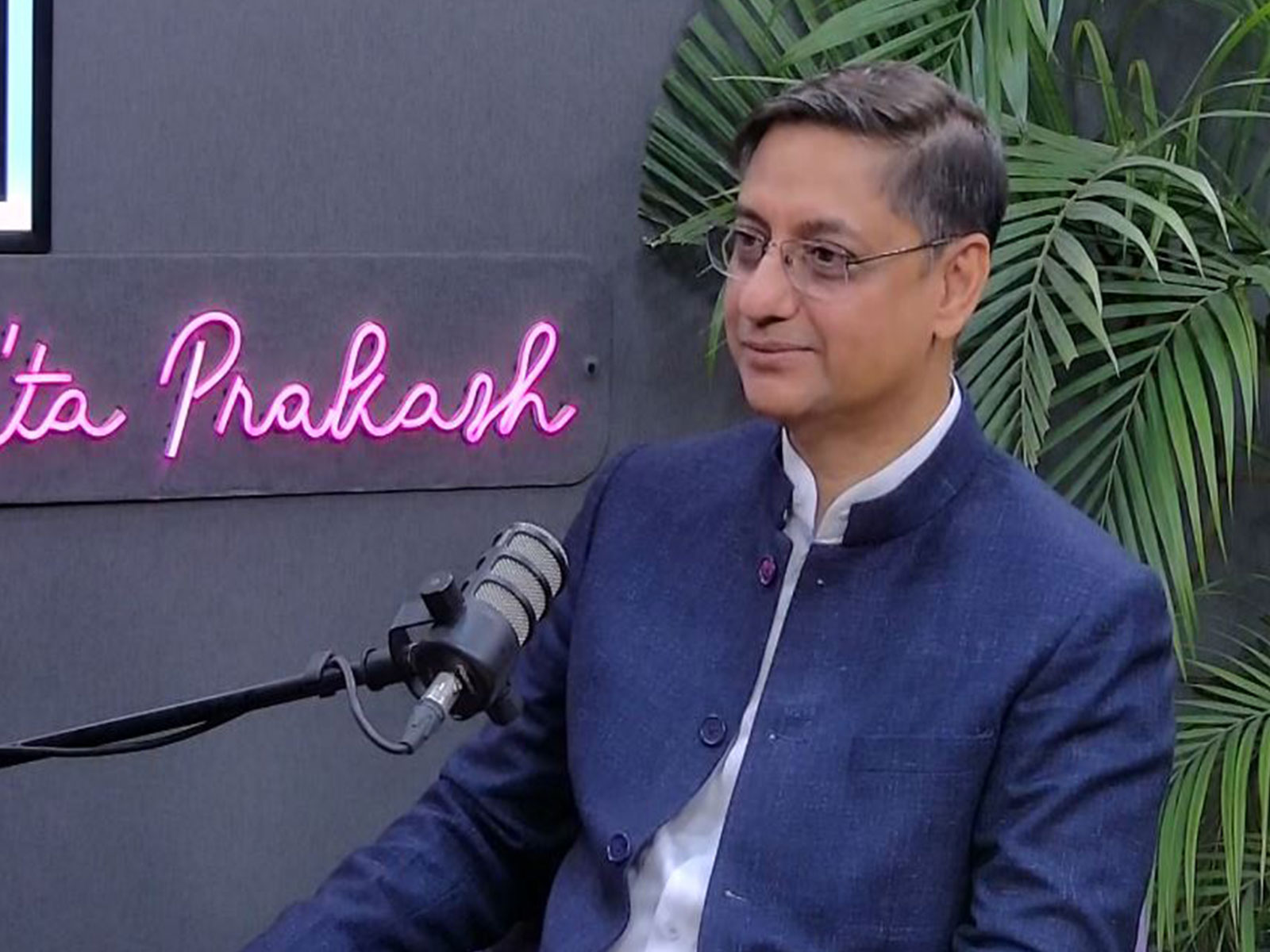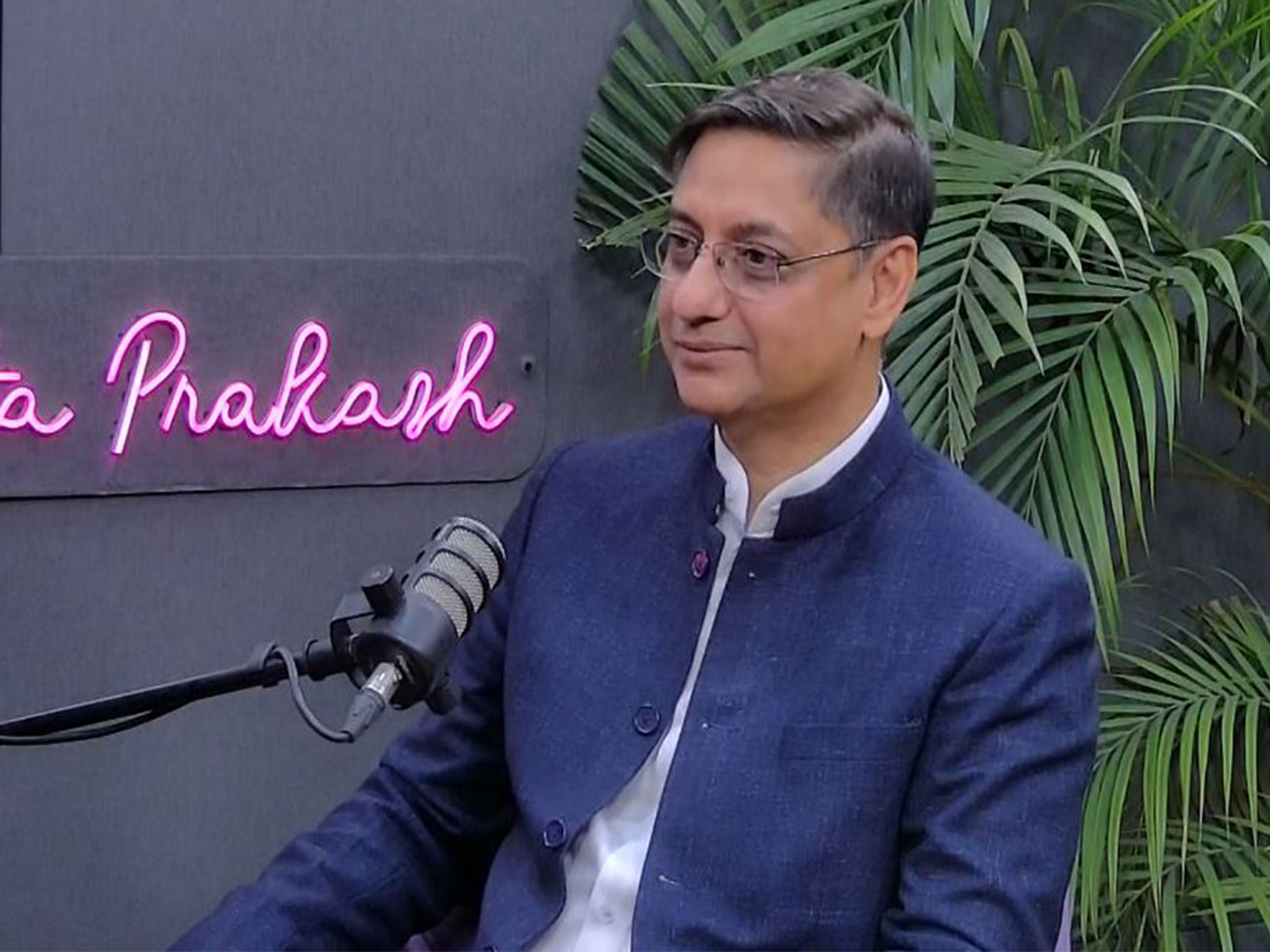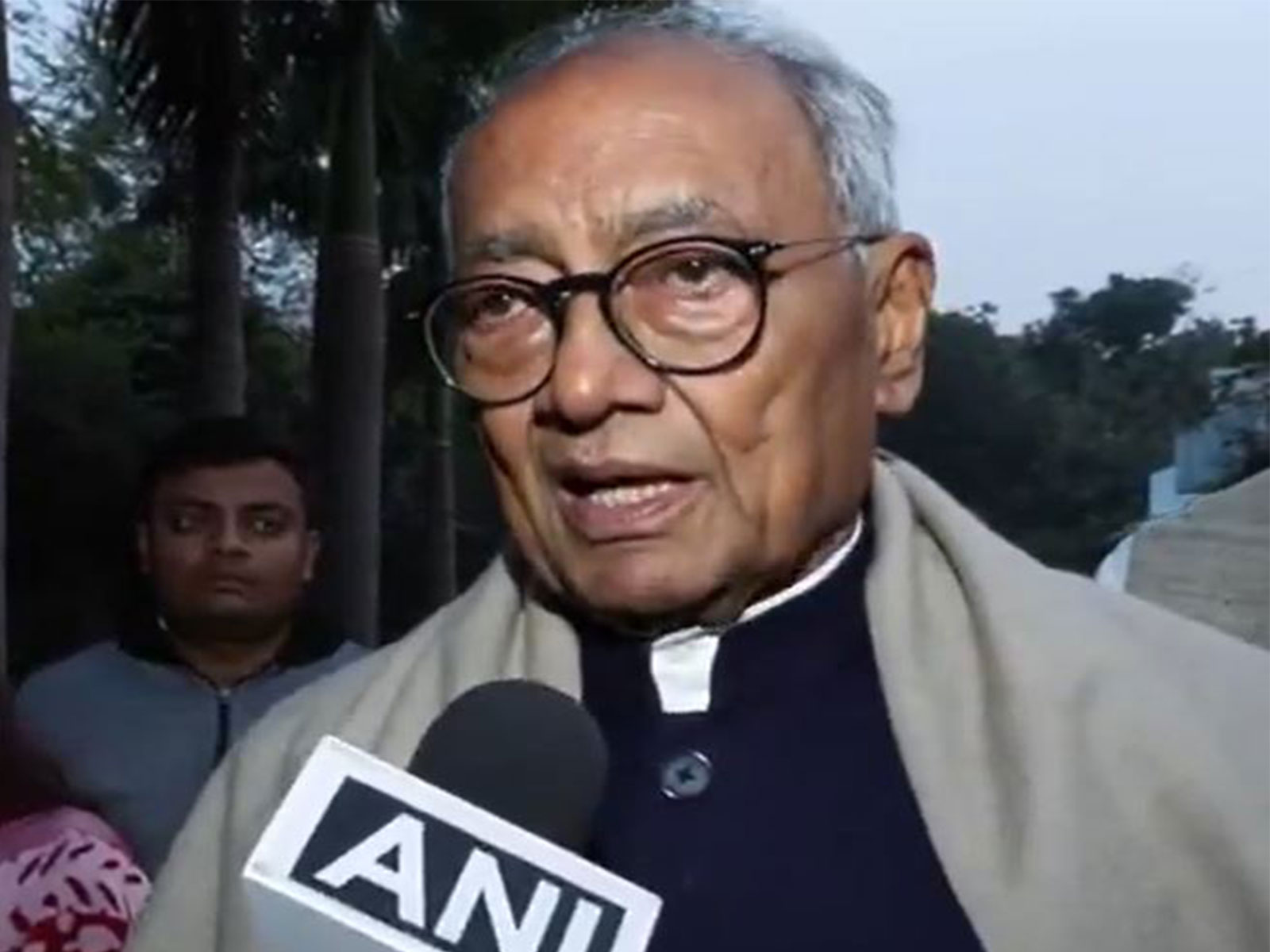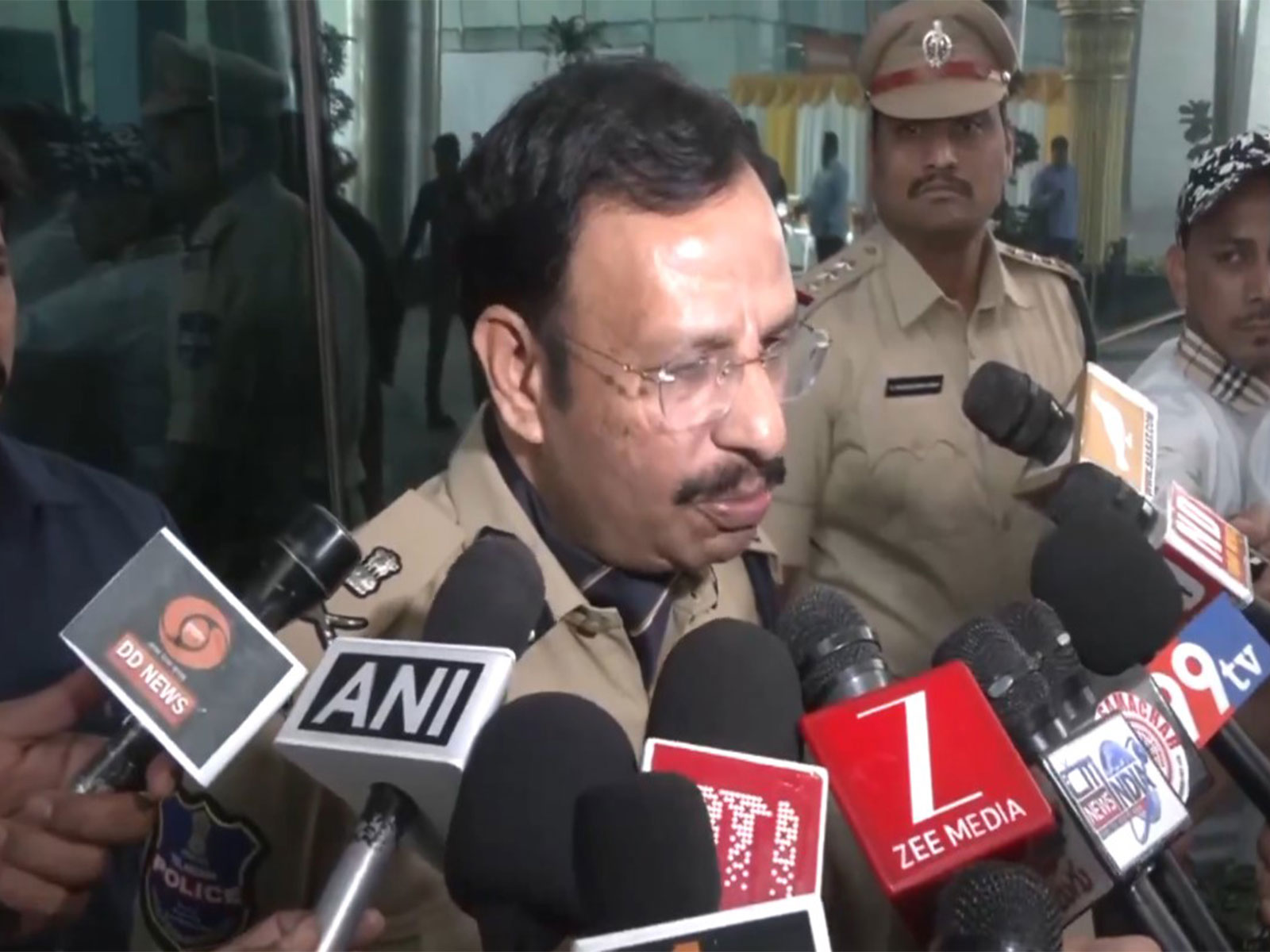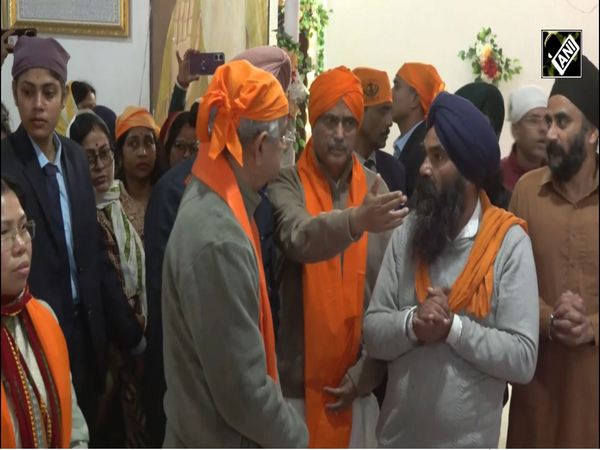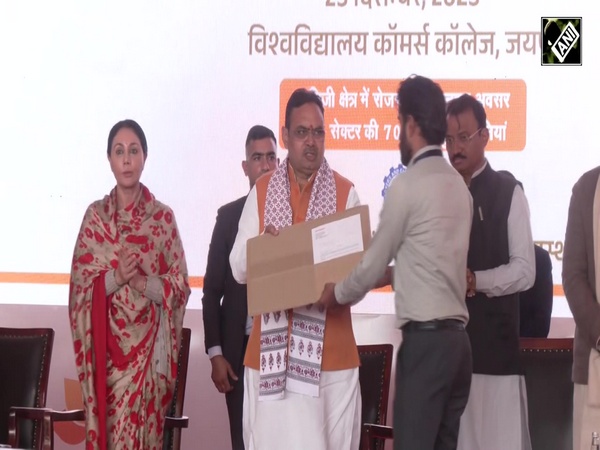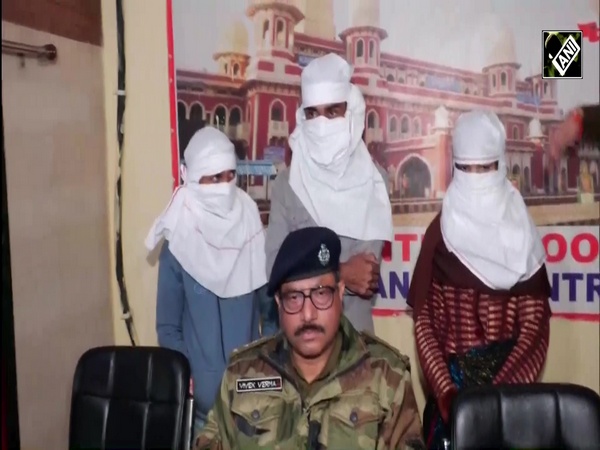Be an organ donor. Light up someone's world
Oct 13, 2020

New Delhi/Noida (Uttar Pradesh) [India], October 13 (ANI/Mediawire): Organ transplant is one of the greatest medical marvels of the twentieth century which has saved the lives of several patients. August 13 is observed as "Organ Donation Day". The reason for observing this day is to spread awareness and eliminate myths and fears regarding organ donation.
Organ donation is aptly termed "the gift of life". For patients with organ failure waiting for a transplant, availability of a suitable donor organ is their only hope for a normal life and survival in many cases.
There are 2 ways in which a person can donate organs. A deceased donor is one who donates their organs after death (specifically brain death). Brain death is caused by an irreversible, permanent damage to the brain either due to a road accident with head injury or a major bleed into the brain from a burst blood vessel.
Since the brain is the controlling centre for the whole body, it is not possible to survive without it and all other organ systems shut down subsequently.
Brain death is diagnosed with specific medical tests and is medically and legally recognized as death. The bereaved family are counselled and offered the option to donate the organs of their loved one. A single deceased donor can give life to about 6-9 recipients (2 kidneys, liver, heart, lungs, pancreas, intestine, eyes and tissues). A living donor is a healthy person who donates one of a pair of organs such as the kidney or part of an organ such as the liver.
The "Transplantation of Human Organs and Tissues Act" was passed by the Indian Parliament in 1994 but it is only over the last decade or so that deceased organ donation has picked up across the country. The nationwide deceased organ donation rate in India is 0.3 per million population (pmp) which lags far behind the countries such as Croatia 36.5, Spain 35.3, and United States 26 pmp, respectively.
There is a distinct geographical disparity between extremely dismal deceased organ donation rates in Northern and Eastern India and encouraging picture in Southern and Western India especially states like Tamil Nadu, Maharashtra, Telangana. Tamil Nadu accounted for a donation rate of 1.8 pmp in 2018, a number five times higher than the national average.
There is a wide gap between the numbers of patients with organ failure waiting for a transplant and organs donated. As per the National Health Portal, around 5 Lakh people die due to non-availability of organs every year.
Most patients die while waiting for an organ and the rest undergo a live donor liver or kidney transplant. Over 92 per cent of all transplants performed in the country have been with organs donated from living donors and only 8 per cent from deceased donors. It is estimated that if the nationwide deceased donation were to increase to 1 pmp, it would meet the requirements for all heart, liver and majority of kidney transplants!
Few important reasons for the low organ donation rates include lack of awareness among the public regarding brain death and organ donation, lack of infrastructure and expertise for identification, stabilization and brain death declaration in potential donors and the mistrust of the healthcare and organ allocation systems.
The Global Health Observatory data from the World Health Organization has attributed anenormous 22.2 deaths/100,000 population to liver cirrhosis (end stage liver disease) alone.
Study from a leading Liver transplant centre in Chennai revealed that the one-year risk of death in patients with cirrhosis of liver was 27.7 per cent awaiting a liver after transplant registration. It was higher in patients with advanced liver disease and those experiencing more liver cirrhosis complication episodes after transplant registration.
There is a need for approximately 50,000 livers for transplantation annually in India but the disparity between the huge demands for the liver and their poor supply is the main issue as revealed by the NOTTO (National Organ and Tissue transplantation organization) which recorded 1945 liver transplants all over India in 2018 predominant of which were living related liver donations.
Living related liver donation, in which a part of the liver of a healthy person related to the recipient is removed by an operation and transplanted into the patient. With ongoing improvement in surgical techniques and technical innovation, living related liver donation has become a very safe surgery. Also, it offers many advantages including timely and elective transplant especially in patient with fulminant liver failure, avoids the risk of complications on waiting list and "drop out" in patients with advance liver disease and liver cancer respectively.
The donor stays in hospital for 7-10 days, rests at home for 2-3 weeks and is then as well as he was before the operation. The liver regenerates (i.e., grows back to its normal size) within 2-3 weeks.
The living liver donor should be a 18-55 years old, willing and healthy family person weighing between 50-85 kg, should not be overweight or obese (since such people tend to have fatty livers that may not work well in the recipient), and should have either the same blood group as the patient's or blood group "O".
They undergo detailed stage wise evaluation to ascertain their suitability to donate part of their liver. Approval for such transplant is given by Authorization Committee of the hospital / respective district / state level authorization committee set up by the government.
This story is provided by Mediawire. ANI will not be responsible in any way for the content of this article. (ANI/Mediawire)

